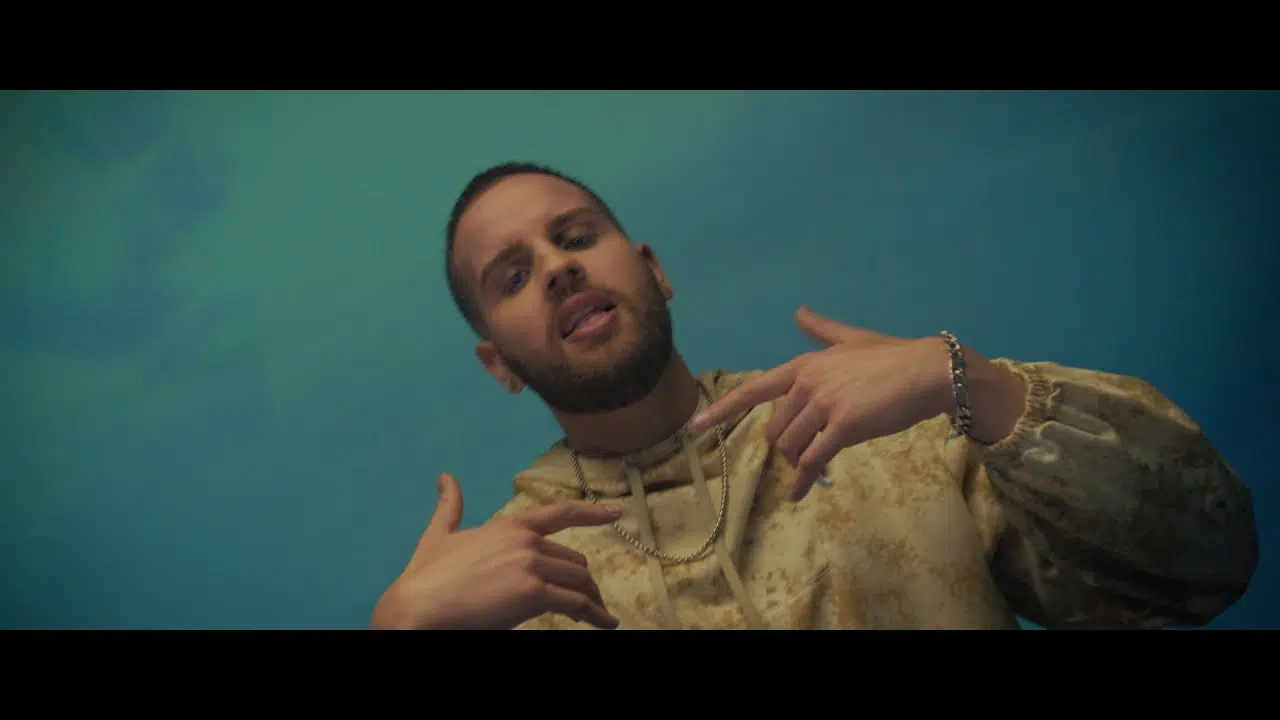The campaign of Kamala Harris spent millions to introduce her to voters across high-profile platforms in a strategic move that did not involve just shipping Harris on some ’round-the-country road show. The campaigns spent $1 million with Oprah Winfrey’s Harpo Productions for an interview, in hopes of capitalizing on Oprah’s large platform as one of the most influential in the world. It was part of the package in reaching out to the voters through prime-time media.
But apart from the Oprah interview, Harris’ campaign shelled out six figures for a customized set in a Washington D.C. hotel room for her appearance on “Call Her Daddy.” The podcast, hosted by Alex Cooper, is at least a raising of the eyebrow to choose for a political campaign as it tends to tackle edgy, sometimes risqué topics related to relationships and personal life.
Harris’s team felt that setting would bring out a more naturalistic portion of herself, and it would more effectively reach the demographic of a younger, more unconventionally-based audience.
It was part of a Harris vision to appeal to new demographics, specifically young women, by eschewing a traditional political show format for a candid podcast interview. According to reports, the campaign had hoped the “Call Her Daddy” episode would achieve something else: showing her in a lighter tone and connecting with those voters who may feel themselves far from the typical politically polished image.
It was a big investment, but the returns were decidedly mixed. The episode of Call Her Daddy featuring Harris taller than fewer than 1 million views on YouTube; an episode of The Joe Rogan Experience featuring Donald Trump, on the other hand, drew more than 47 million. That’s quite a gap in viewership and speaks to how hard the Harris campaign worked to connect with an audience beyond itself.

The heavy investment in media appearances reflects a wider strategy of outreach to younger voters and the use of influential platforms. However, this skepticism by the campaign just seems a missed opportunity because, due to logistics of location, it was an interview that would have been free with Joe Rogan. Trump seized this opportunity, and even viewership rose astronomically high, hence increased engagement with his campaign.

According to sources close to the campaign, this was more than an expensive interview; this had been a conscious, creative decision by positioning Harris with one of the most trusted voices in media. Oprah’s platform has a long-standing reputation for handling serious, substantive conversations, making it an ideal setting for Harris to show her values, vision, and leadership in a personal, relaxed atmosphere. The campaign was banking on this association to resonate with her core supporters.

The viral success Trump saw on the podcast underlined a broader trend in politics: the undeniable power of podcasts to attract and engage voters. In his direct, free-flowing style, Rogan reassuringly let Trump deliver his message with ease to millions. The initial outreach regarding a potential appearance was reportedly made by Harris’s team to Rogan; negotiations fell through after Harris declined to record at Rogan’s Texas studio.
Many onlookers of the campaign feel that Harris let slip through an exceptional opportunity by not going ahead over the interview with Rogan. Besides the polished, very production value set to which she appeared on behalf of “Call Her Daddy,” the setting of Rogan’s show may have presented an environment that was relaxed and personal, affording her a better chance of speaking directly to millions of Americans who tune into his episodes.

It wasn’t just Oprah and Cooper that the Harris campaign was spending on for media production. According to reports, all in all, a total amount of $15 million was spent on different media events and productions. These were high-quality, well-planned content that should have directly appealed to certain voter segments. However, as one Republican strategist pointed out, no amount of cash can make up for when a candidate just doesn’t resonate with the electorate.
Advertising is an imperatively important source of information for swing voters,” the strategist said, “it matters, but when you don’t have a compelling message, dollars can’t make up for it. In this case, the Harris campaign might have invested in high-profile media moments, but those don’t always translate into votes.

Harris has aggressively enlisted celebrities on her behalf. Former First Lady Michelle Obama, NBA superstar LeBron James, musician John Legend, pop star Ariana Grande and Dwayne “The Rock” Johnson have all publicly backed her.
The partnerships involving celebrities represent Harris’s commitment to engaging a diverse range of voters and age, especially young, voters. A social media campaign, coupled with public endorsement through these influential figures, allowed for Harris’s voice to be amplified, calling on their following to remain active and informed ahead of the 2024 election.
Harris’ approach to media appearances reflects a strategy balanced between ways to reach the voters without grueling travel. She has chosen outlets with loyal audiences and influential hosts, gambling that high-profile appearances would carry her message to the electorate.
At the same time, the reluctance of the campaign to appear in highly streamed shows such as The Joe Rogan Experience suggests this limited these choices.


